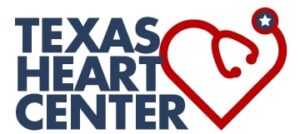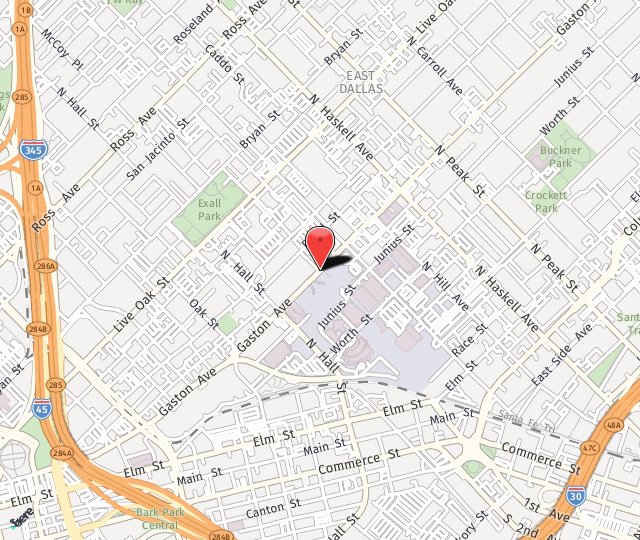Echocardiography, also known as an ultrasound of the heart, is a diagnostic test that uses sound waves to examine the heart. The test helps determine the size and shape of the heart, as well as how well its components are functioning. The results of the test are often used to diagnose high blood pressure, coronary artery disease, congenital heart defects, an aneurysm, or other heart conditions.
The Purpose Of Echocardiography
An echocardiogram can be used to examine the following:
- The size of the heart
- The strength of the heart muscles
- A malfunction of heart valves
- An abnormality of the structure of the heart
- Aorta
- Blood clot or tumor
Types Of Echocardiography
There are several types of echocardiograms, used to diagnose different conditions. All procedures are minimally invasive and may be performed during a cardiac stress test or as a routine pregnancy exam.
Transthoracic Echocardiogram
A transthoracic echocardiogram is the most common type of echocardiogram test. In this procedure, a transducer is placed on the chest emitting high frequency sound waves to produce an ultrasound image.
Transesophageal Echogardiogram
A transesophageal echocardiogram is a diagnostic test that uses high-frequency sound waves (ultrasound) to produces images of the heart.
Stress Echocardiogram
Stress echocardiogram has the patient using exercise equipment, such as a treadmill so the physician can assess the heart when the heart is stressed.
Dobutamine Stress Echocardiogram
Dobutamine stress echocardiogram uses a drug to stimulate the heart.
Intravascular Ultrasound
Intravascular ultrasound is performed during a cardiac catheterization. The transducer is threaded through the blood vessels of the heart.
Considerations Of Echocardiography
An echocardiogram is a painless procedure performed in your doctor's office in less than an hour. The images of the heart are shown on a video monitor in real time for the doctor and patient to view during the exam. The results are fully analyzed by the doctor after the exam. There are no risks associated with an echocardiogram, and patients can return to their normal activities immediately after the exam.
Stress Echocardiogram
A stress echocardiogram is a diagnostic test used to evaluate the strength of the heart muscle as it pumps blood throughout the body. Using ultrasound imaging, the stress echocardiogram detects and records any decrease in blood flow to the heart caused by narrowing of the coronary arteries. The test, which takes place in a medical center or in the doctor's office, is administered in two parts: resting and with exercise. In both cases, the patient's blood pressure and heart rate are measured so that heart functioning at rest and during exercise can be compared. The ultrasound images enable the doctor to see whether any sections of the heart muscle are malfunctioning due to a poor supply of blood or oxygen.
Reasons For A Stress Echocardiogram
The test is administered to patients whose heart health is in question or to evaluate ongoing cardiac treatment. Patients are candidates for a stress echocardiogram if they have been having chest pains or angina or have recently had a heart attack. They may also have the test as a requirement prior to heart surgery or before beginning an exercise program. The stress echocardiogram measures:
- How well the heart muscle and valves are working
- How well the heart handles exercise (stress)
- Whether the patient is likely to have coronary artery disease
- Whether the patient's heart function has improved after treatment
- Whether chambers of the heart are enlarged
Results of the stress echocardiogram are helpful to the cardiologist in determining whether there is a problem with heart muscle strength and what that problem might be. They also help determine an appropriate new course of treatment or evaluate a previous one.
Preparing For A Stress Echocardiogram
Before undergoing a stress echocardiogram, patients should ask their doctors whether it is necessary to temporarily stop taking certain medications prior to the test, particularly medications prescribed for erectile dysfunction. Patients should refrain from eating or drinking for at least 3 hours before the test and wear comfortable, loose-fitting clothing to the procedure.
The Stress Echocardiogram Procedure
Before the test begins, electrodes are placed at various locations on the patient's body, including the chest, arms and legs, to record electrical activity in the heart. The patient will also wear a blood pressure cuff. The resting portion of the procedure is administered while the patient lies on the side with the left arm extended. The doctor moves an ultrasound transducer over the patient's chest. A special gel is applied to enable the transducer to move smoothly and to transmit sound waves directly to the heart.
During the second portion of the test, the patient exercises by walking on a treadmill or peddling on an exercise bicycle. At approximately 3 minute intervals, the patient is asked to speed up activity or to walk up an incline. Depending on the patient's age and fitness level, the test can take from 5 to 15 minutes. Normally, the test is stopped when the patient's heart is beating at a targeted rate, or when fatigue, chest pain, or blood pressure changes necessitate cessation. The test results provide the doctor with critical evidence as to whether the heart has more difficulty functioning under stress.
Some patients who require the stress echocardiogram may not be strong enough to perform the necessary exercise routine. In such cases, a drug is administered intravenously to make the heart beat faster and more strongly, simulating exercise. Most patients are relatively comfortable during this test, though some become very fatigued and unable to complete it. In rare instances, patients may experience one or more of the following symptoms during the stress echocardiogram procedure, including:
- Chest discomfort or pain
- Skipped or extra heartbeats
- Dizziness
- Nausea
- Shortness of breath
It is important for patients to report any unusual sensations to the medical professional administering the test. If the test results are completely normal, no further treatment is necessary. If the test shows problems with the heart muscle or with coronary circulation, medications may have to be altered or the patients may require further testing or a surgical procedure.
Risks Of A Stress Echocardiogram
There is a very low rate of risk associated with a stress echocardiogram since it is mostly non-invasive and the patient is carefully monitored during the entire procedure. Complications occur rarely, but may include heart arrhythmia, syncope (fainting), or heart attack.
Echocardiography uses an echocardiogram (ultrasound of the heart) to assess the functioning and health of the the heart by creating images out of sound waves. In addition to detecting many other heart problems, echocardiograms can diagnose specific heart conditions; determine if heart abnormalities exist; and evaluate the effectiveness of procedures that have been performed on the heart. There are five basic types of echocardiograms: transthoracic (TTE); transesophageal (TEE); stress; Dobutamine stress; and intravascular ultrasound.
Types Of Echocardiography
The most common type of echocardiogram is TTE, which is painless and noninvasive. A transducer that emits high-frequency sound waves is placed on the patient's chest; when the sound waves bounce back to the transducer, they are interpreted by a computer and the results are shown on a monitor.
If more definitive images are needed, TEE may be performed. During TEE, the patient's throat is numbed with anesthetic, and a small transducer is guided through a thin, flexible tube that has been run through the patient's mouth into the esophagus, which connects the mouth to the stomach. Because the esophagus is located close to the heart, and there is no interference from the lungs or chest, the images produced are clearer and more detailed than those from TTE. A patient is advised not to eat for a number of hours prior to TEE.
For a stress echocardiogram, the patient exercises on a treadmill or stationary bicycle. The echocardiogram is performed both before and after the exercise. The advantage of this test is that it can show if there is a problem with blood flow, which is not always detected by other types of echocardiograms. A Dobutamine stress echocardiogram works on the same principle, but the heart rate is raised by the patient's taking a drug (dobutamine) rather than exercising.
Intravascular ultrasound is performed on patients undergoing cardiac catheterization, a procedure that checks the arteries of the heart. For a detailed view of blockages, a transducer is threaded through the catheter and into the blood vessels of the heart.
Echocardiography can also incorporate technology that produces three-dimensional images of the heart.
Risks Of Echocardiography
Radiation is not used in echocardiography, and risks are generally minimal. It is possible that, during TEE, the tube will scrape the throat, causing soreness. During stress and Dobutamine echocardiograms, the exercise can cause irregular heartbeats but, because patients are under medical supervision, complications are rare.

